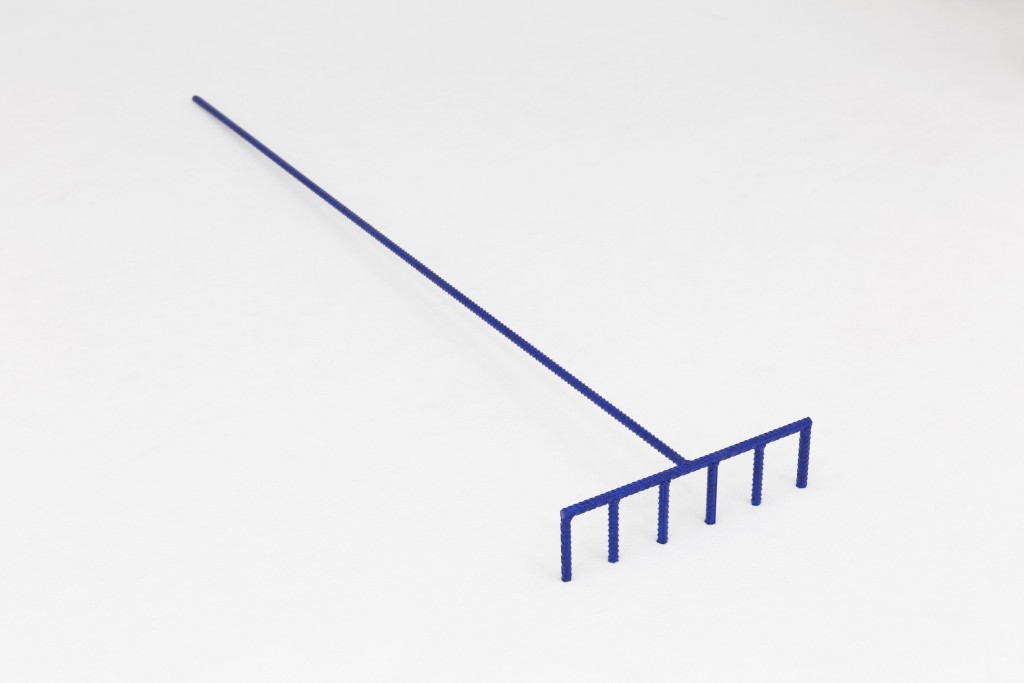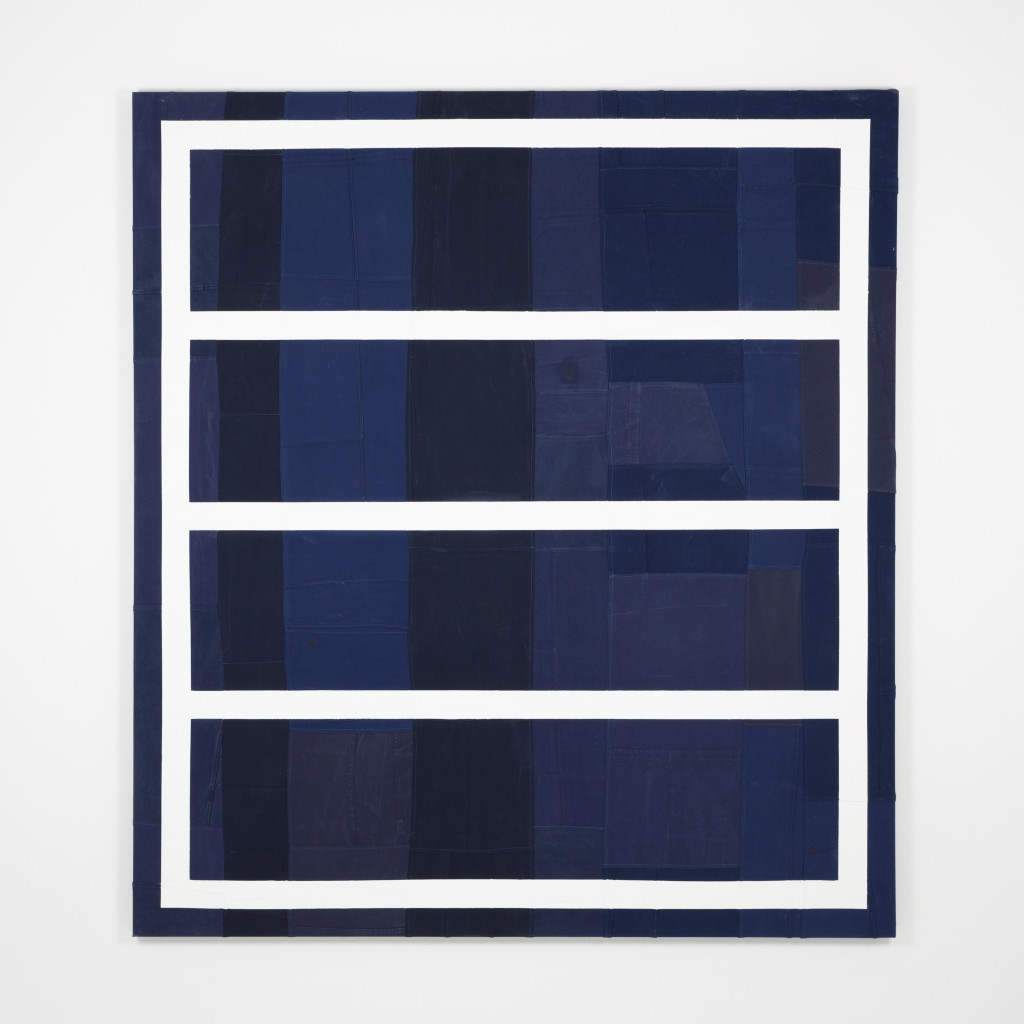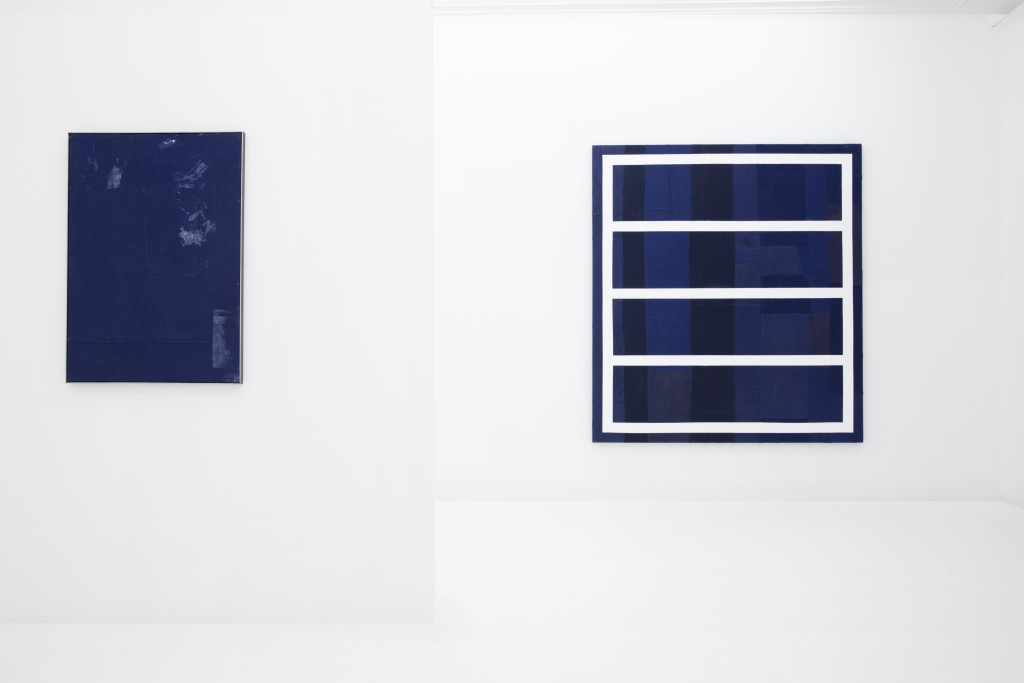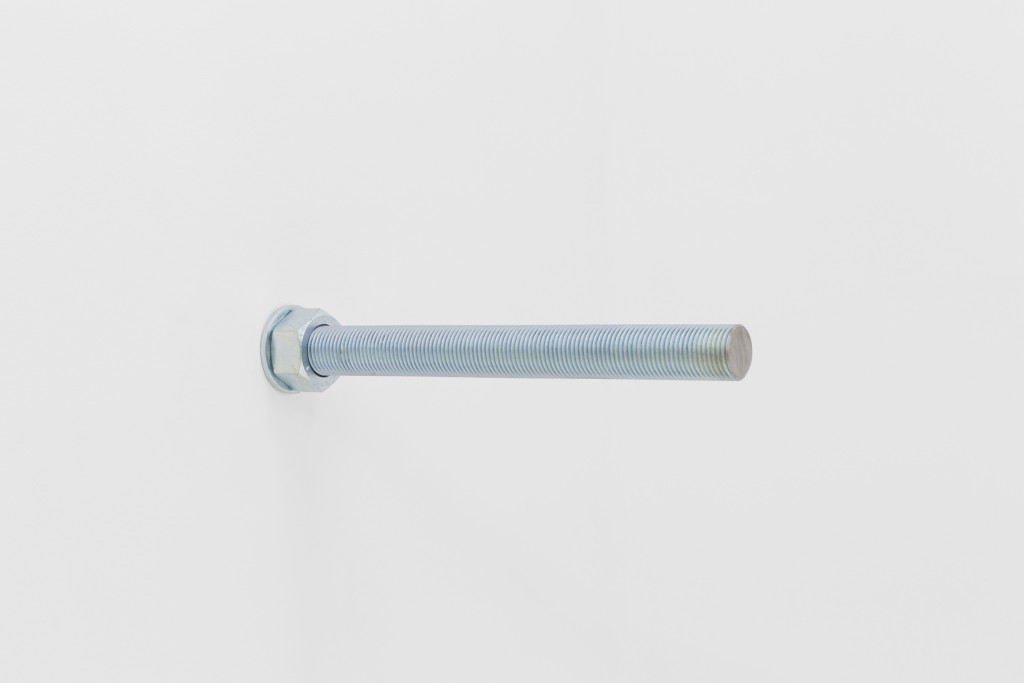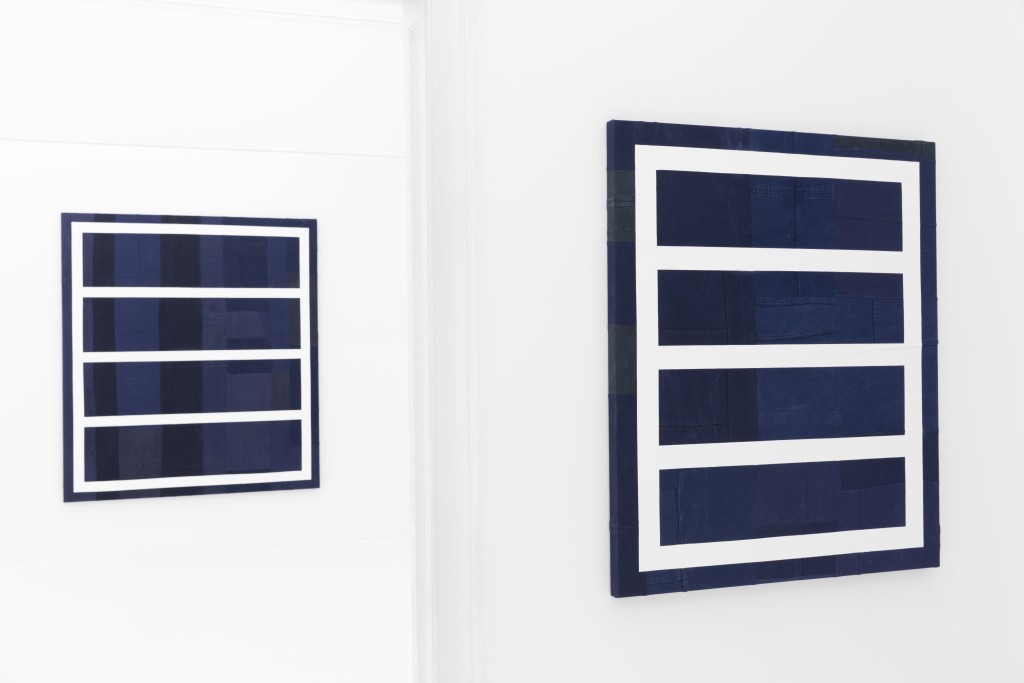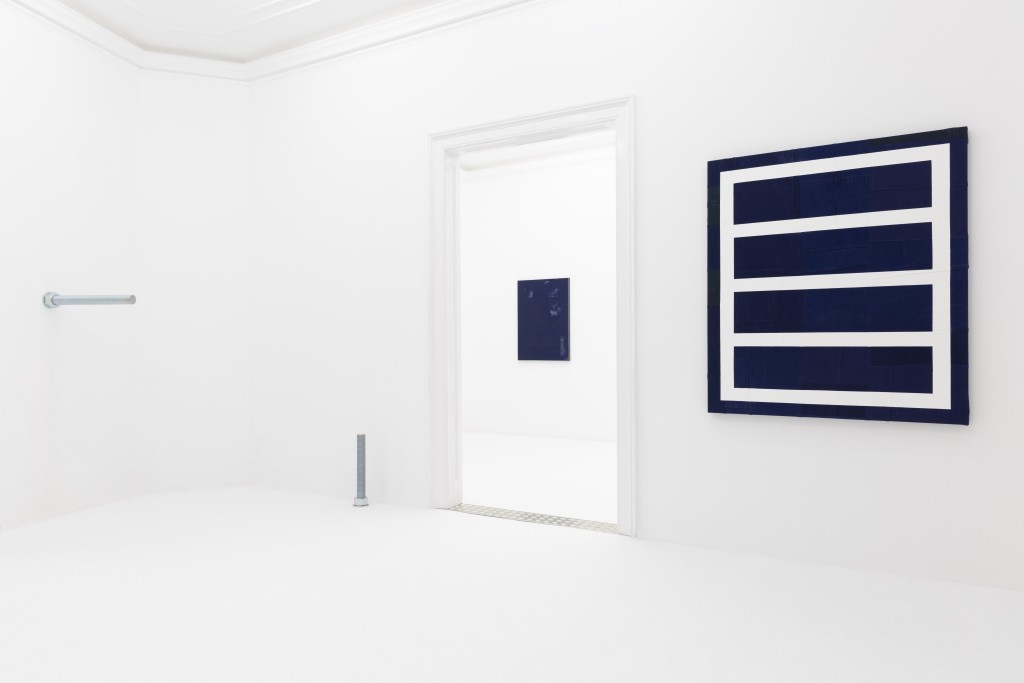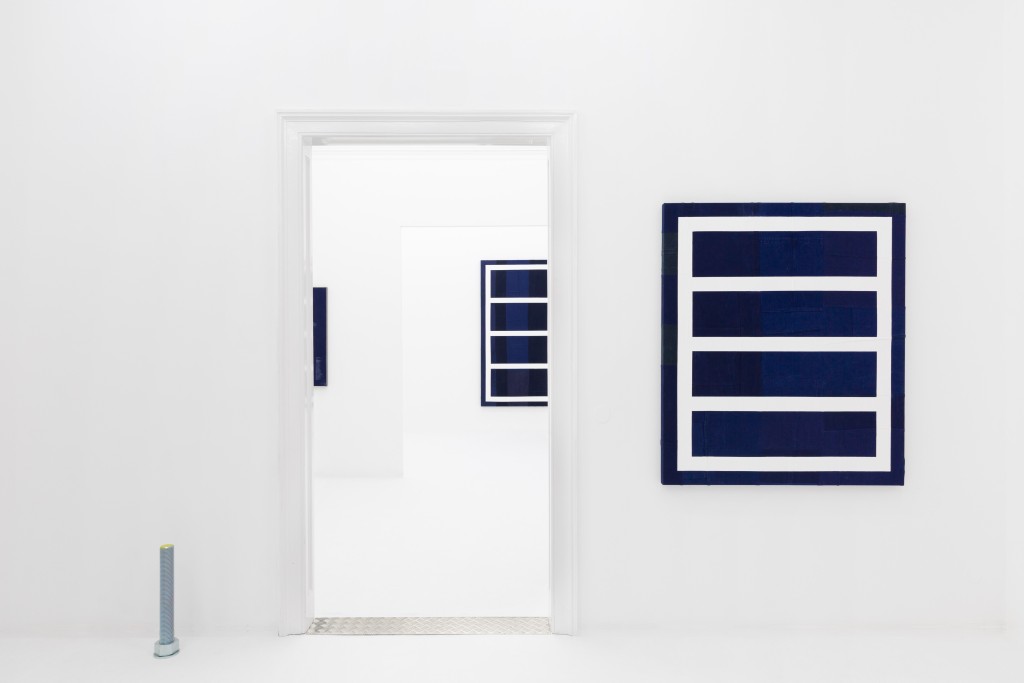A vague feeling of resignation accompanies the last drag of a cigarette before its stubbed out outside the door to the factory, a last breath of freedom followed by a renewed sense of purpose. There’s a job to be done. A role to be performed, gears to be turned. And you are dressed for it. Stepping into the building, you step onto a stage and assume the persona you’re hired for, its postures and subtle choreography of gazes and gestures. Lowered eyes, a sidelong glance, the shuffle of shoes register your arrival, your bodily presence a bare signal of your willingness to meet expectations.
Every shift begins with a repetition of this moment of uncertainty: will they show up—on time? Even more than a time clock, a worn path at the door is a mark of discipline. Continuity of work affords the ground to smooth tensions always latent in employer-employee relations, through the push and pull of contracts, negotiations, incentives and shows of resistance. Slow-downs, strikes, lock-outs. Solidarity born of common interests inscribed in grease stains on habitually worn uniforms, reissued in new dye-lots as long as the work holds out. Closings, outsourcing, automation disturb this hard-won balance and the politics of class struggle built upon its foundations. The abstraction of the working class fractures with the retirement of the uniform, a relic of labor’s geographical and technological redistribution. In the work of Simon Mullan, the worker’s suit returns to the status of an aesthetic object, a holder of symbolic and material significance to be reworked.
Past the gallery door the carpet is clean and white. Across the room, a chair beckons the freelancer, whose primary skill for hire is an attention span usually exercised in front of a screen. But first, the chair itself extracts a modicum of this form of labor. Its shape is banal; its texture intriguing. Its color, reiterated throughout the exhibition, a montage of blues and white. Neatly painted and reupholstered in old Blaumann suits, the old DDR chair becomes a seat of the new economy. Under the minimalist logo of three blue bars of deconstructed uniforms, Mullan operates a narrow liminal zone between nostalgic irony and good honest work that does not forgive the viewer the obligation to show up.
by Dehlia Hannah
